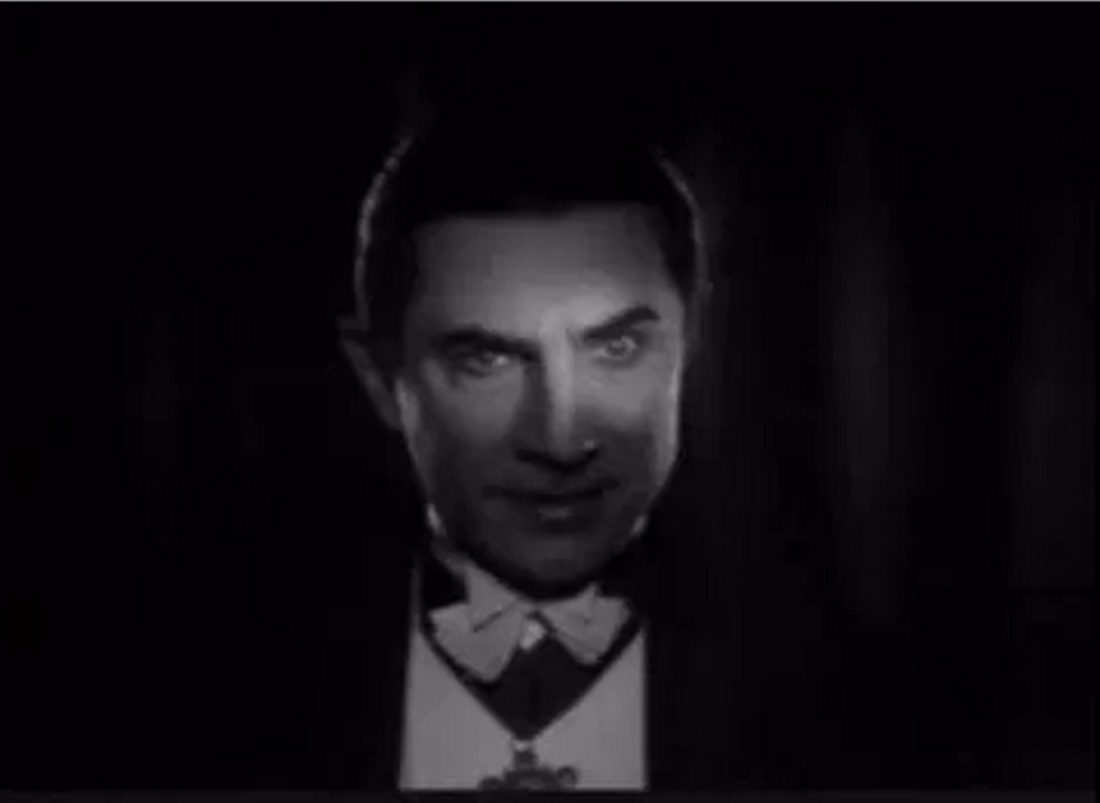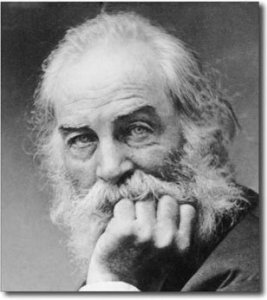Little known fact: I am a huge vampire fan. I’ve read most of Anne Rice’s vampire books, have watched tons of vampire films and specials, and I was even given a book about the history of vampires in film to review.
I love the idea of vampires so much because it’s a creative and unique way to allow humanity to wrestle with that part of life we’re so afraid of, death. What would it be like to live forever, and if you could, would you want to, or would you rather face the mysteriousness of eternity? Is there life after death? Vampire lore is a great way to come to terms with these questions that plague the human condition.
But vampire lore can be used for so much more than just debating life after death. Vampire stories, specifically Bram Stoker’s Dracula and Joseph Sheridan Le Fanu’s Carmilla, have been used to explain (or denounce, depending on how you look at it) “queerness” in society.
I was so intrigued by this alternative reading of vampire stories that I wrote a paper on it way back when I was in college. I had posted the paper on my old site, Moniqueblog, years ago and thankfully, I was able to find it again through the Internet Archive’s Wayback Machine. So, if you want to read my paper analyzing homosexual acceptance and denial in Dracula and Nosferatu, here you go.
(Also, next, I’ll have to write about Carmilla. That book has some intense overtones.)
Make sure to write about what you think in the comments section, and follow COLOR on Facebook and Twitter!
Homosexual acceptance and denial in “Nosferatu” and “Dracula”
Dracula is thought of as a horror monster and Halloween icon rather than something more important. However, one label the character has is as a pro-homosexual idol. Author Bram Stoker’s novel, Dracula, was written during, and pertaining to, society’s outlaw and discrimination of homosexuality, and the multifaceted ideas surrounding homosexuality are present not only in the novel but also in films Nosferatu and Dracula. From analyzing scenes from Nosferatu and Dracula, one can draw the conclusion that Dracula and Jonathan Harker represent acceptance and denial of homosexuality respectively, as well as the views toward homosexuality during Stoker’s lifetime.
Part of the history behind Bram Stoker’s novel Dracula involves his possible intolerance to accept his homosexuality. Talia Schaffer, author of “‘A Wilde desire took me’: Homoerotic History of Dracula,” argues that the novel is Stoker’s attempt to express his true self while combating societal-as well as his own-feelings about homosexuality (“Bram Stoker” www3.niu.edu). Part of this interpretation of the book rests on Stoker’s writing influences. Stoker was known to have admired poet Walt Whitman, who is considered the father of gay culture. Whitman’s poetry often featured themes of homosexuality, spirituality, and one poem, the aptly named “Blood Poetry,” even features blood being used in a way that is reminiscent of the vampiric use of blood-as a means to explore sexuality and release:
Trickle drops! my blue veins leaving!
O drops of me! trickle, slow drops,
Candid from me falling, drip, bleeding drops,
From wounds made to free you whence you were prison’d
From my face, from my forehead and lips,
From my breast, from within where I was conceal’d, press forth red drops,confession drops,
Stain every page, stain every song I sing, every word I say, bloody drops…
(“Character,” truelegends.info)
Whitman, along with Oscar Wilde (also Stoker’s friend), were highly influential in gay and lesbian culture and identity. Whitman was a great influence on both Wilde and Stoker, and Stoker is quoted as to have said that Whitman was the “father, brother, and wife to [Stoker’s] soul” (“Character,”truelegends.info). In fact, the appearance of Whitman and Dracula are very similar-Whitman had “long white hair, a heavy moustache, great height and strength, and a leonine bearing” (“Character,” truelegends.info), and in Stoker’s novel, Dracula is described as “a tall old man, clean shaven save for a long white moustache,” (Dracula, ch. 2, literature.org). A further description of Dracula is given in chapter two:
His face was a strong, a very strong, aquiline, with high bridge of the thin nose and peculiarly arched nostrils, with lofty domed forehead, and hair growing scantily round the temples but profusely elsewhere. His eyebrows were very massive, almost meeting over the nose, and with bushy hair that seemed to curl in its own profusion. The mouth, so far as I could see it under the heavy moustache, was fixed and rather cruel-looking, with peculiarly sharp white teeth. These protruded over the lips, whose remarkable ruddiness showed astonishing vitality in a man of his years. For the rest, his ears were pale, and at the tops extremely pointed. The chin was broad and strong, and the cheeks firm though thin.
(Dracula, ch. 2, literature.org).
Aside from the sharp teeth, this description describes Whitman’s appearance very well, as seen in the figure below.
Fig. 1(workingwithwords.blogspot.com)
A notable fact is that a month after Wilde was convicted of sodomy (the crime that many gay men were charged with in the 1800s), Stoker penned Dracula. According to Talia Schaeffer, the motion to write the book during Wilde’s excruciating trial—a period of “safe concealment or tempting revelation…disguise, half-admission and denial”—can be seen as Stoker wrestling with his emotions as a closeted gay man (“Wilde,” accessmylibrary.com).

